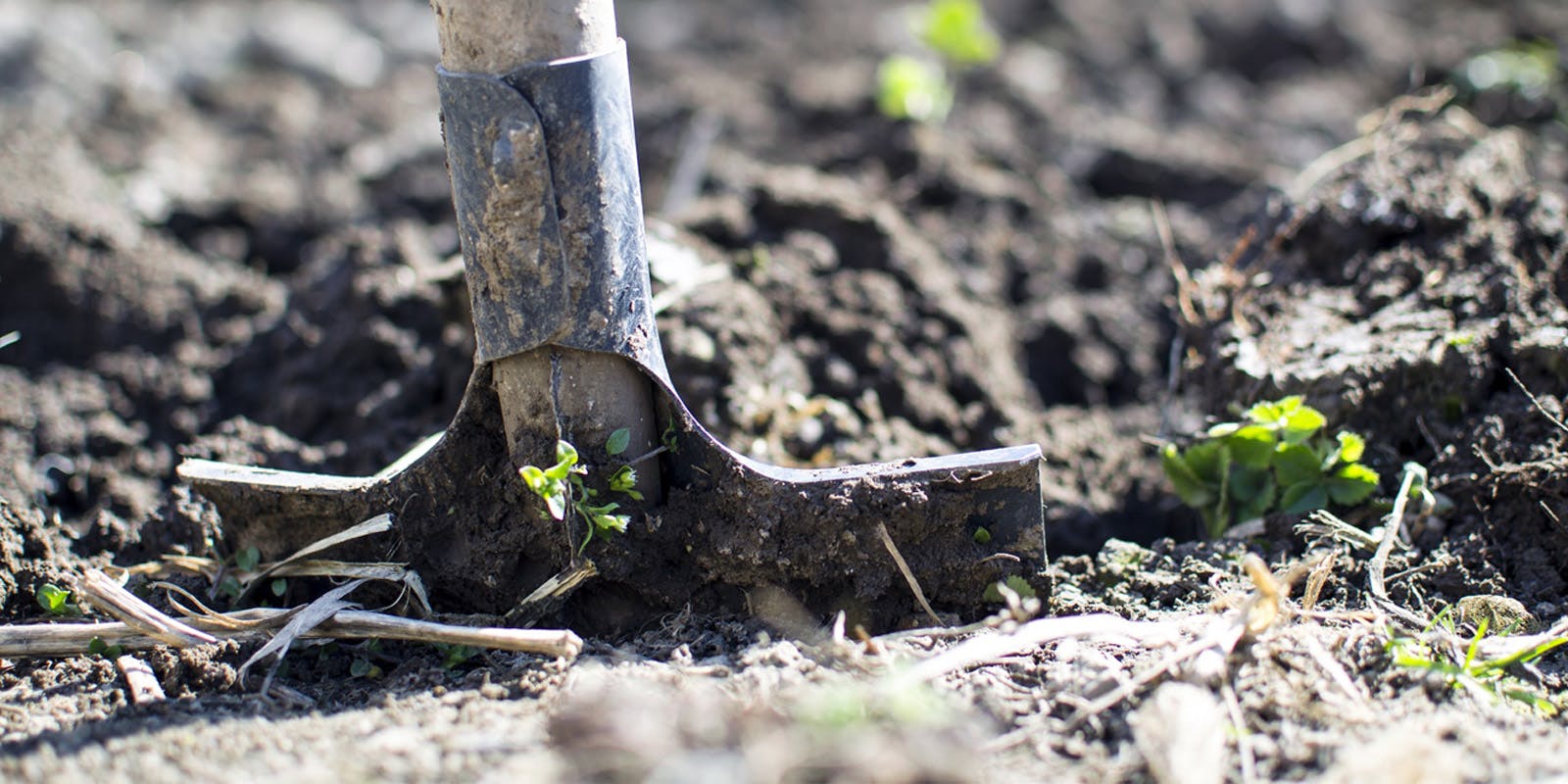Advice from an expert on how to get that brown thumb on its way to green.
Attention city slickers: do you have dreams of turning that drab courtyard into a beautiful green oasis? It’s a common vision, shared by some of us who, if we’re truly honest with ourselves, have been entirely culpable for the murder of even the hardiest houseplants. Fear not, Jennifer Wilkinson – a horticultural consultant with more than four decades of hands-on gardening experience, is here to share some of her wisdom. Jennifer has worked on a number of DK titles, including The Gardener’s Year and believes that with the right tools, anyone can be a gardener and even yield produce!
“Even if it’s just herbs, just to be able to go out and pick something that you’ve grown yourself to flavour whatever you’re cooking is so rewarding,” says Jennifer.
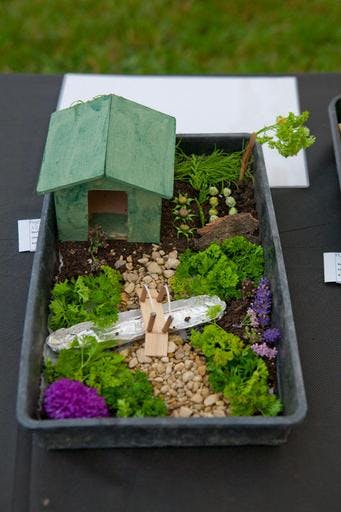
Here are her top three tips for beginner gardeners:
1. Start small.
“Maybe it’ll be in garden tubs or a small patch – keep it small and expand it as your confidence and knowledge grows,” says Jennifer.
Sounds intuitive enough, but often, riding upon a sudden wave of confidence, we neophytes bite off more than we can chew. Jennifer says, a small garden is the way to go for maximum return on investment when you’re flying by the seat of your fresh, new gardening pants.
“A big, out of control garden is just not satisfying at all. Whereas, a small, well controlled garden can be quite productive and it’s much more rewarding for you.”
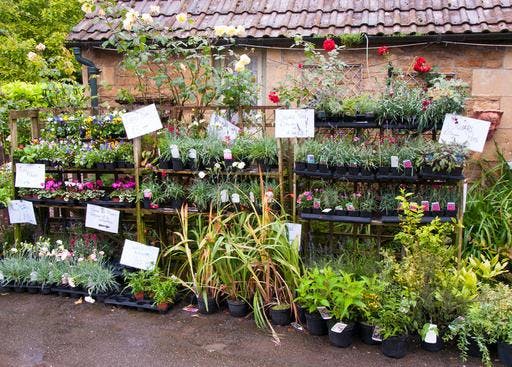
2. Choose the right variety.
“The more you garden, the more you’ll learn that variety is so important to the success of the plants,” she says. “Flowering and fruiting is initiated by different day lengths and temperatures, so some varieties are really well adapted to Australian conditions.”
Not only that, but some varieties have been bred specifically for agribusiness, meaning they’ll fruit year-round, sometimes compromising taste for volume. Jennifer recommends choosing a variety to suit your garden’s microclimate and to be aware of when the optimal time to plant your chosen variety is so that you can make the most of your crop.
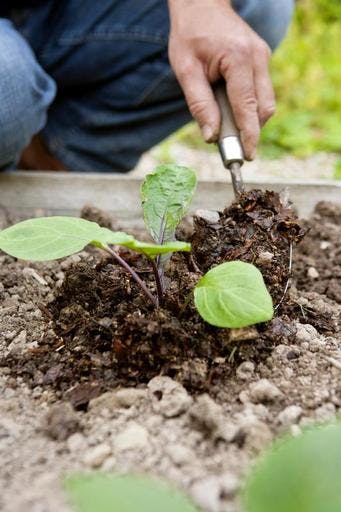
3. Enrich your soil.
Your soil feeds your plants, which in turn feed you. So, spend some time and effort cultivating your soil with compost and manure to give your garden the best shot at producing for you.
“It really depends on how much time you have and how much effort you’re willing to put in to enriching the soil,” says Jennifer.
This part of the process might seem a little too laborious for some of us, but Jennifer says that this is the key to successful gardening, at any size.
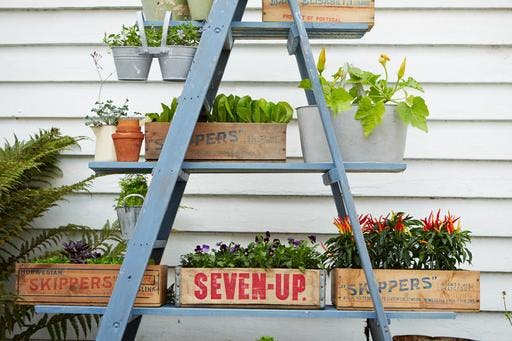
Want to learn more? The new edition of The Gardener’s Year is now available. It’s a step-by-step planting guide, punctuated with simple plant science and growing advice. All content has been specifically adapted for the Australian climate by Jennifer, along with a host of other expert gardeners. Discover how to grow the most stunning native Australian flowers, fruits and vegetables, and learn when to complete the essential jobs that keep your garden blooming all through the year.
